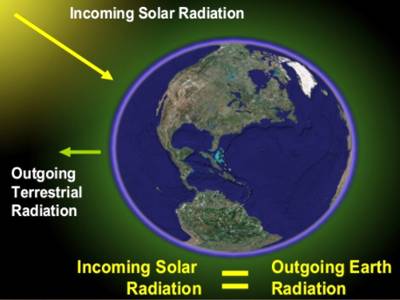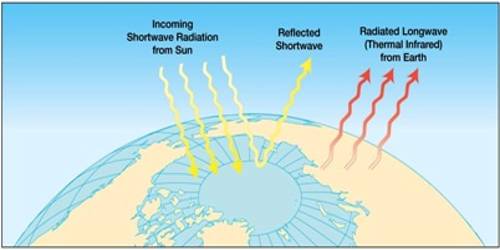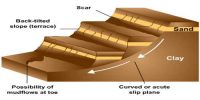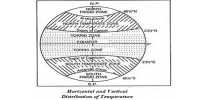Terrestrial Radiation
The insolation received by the earth is in short wave’s forms and heats up its surface. The earth after being heated itself becomes a radiating body and it radiates energy to the atmosphere in the long waveform. This energy heats up the atmosphere from below. This procedure is known as terrestrial radiation. It is the energy released by the Earth itself as opposed to solar radiation that it receives from the Sun.

The longwave radiation is absorbed by the atmospheric gases mainly by carbon dioxide and the other greenhouse gases. Thus, the atmosphere is indirectly heated by the earth’s radiation. The atmosphere, in turn, radiates and transmits heat to space. Some of this radiation is intercepted by atmospheric gases. Apart from nitrogen and oxygen, virtually all the common gases in the atmosphere absorb some terrestrial radiation. This trapped energy is kept as heat that drives the global climate system. Finally, the amount of heat received from the sun is returned to space, thereby maintaining a constant temperature at the earth’s surface and in the atmosphere.
















